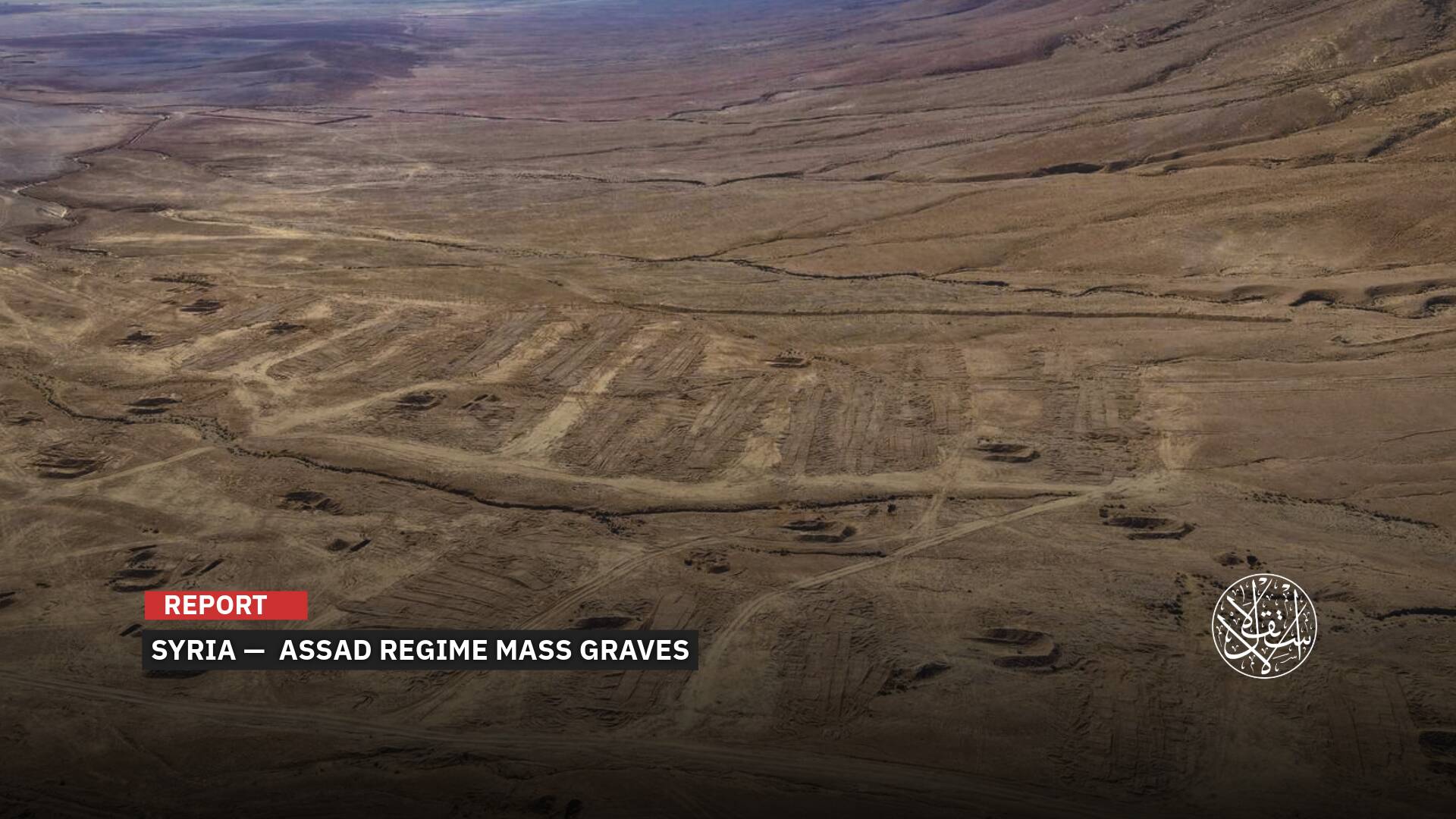How Lithium Batteries Became a New Battlefield Between China and America

In the context of efforts to radically change the world’s reliance on clean energy, the United States, along with many countries, has begun to intensify investments directed at manufacturing electric vehicles and renewable energy sources to reduce dependence on fossil fuels.
With the countries of the world preparing for the green transition, the priority of most of them has become the manufacture of lithium-ion batteries needed to power electric vehicles, at a time when China controls that industry. Despite the United States entering the race for this vital industry, there are speculations that Chinese hegemony over it will continue for a while.
Beijing’s acquisition of the production of these powerful batteries and the important metals from which they are made (especially lithium) has recently turned into a thorny geopolitical-economic conflict issue, particularly for the United States, especially in this era in which the world is witnessing escalating tensions.
This outcome worried policymakers in Washington, where rising tensions with China have fueled fears that Beijing may use its influence for geopolitical ends, as it has done before, despite President Joe Biden’s administration pumping billions of dollars into the battery industry, while BloombergNEF mining experts played down the chances of China resolving the conflict.
Battlefield
According to Benchmark Mineral Intelligence, which provides critical mineral advisory services to governments, China dominates the global supply chain for electric vehicle batteries, boasting 79% of the world’s lithium-ion battery manufacturing capacity, compared to only 5.5% for the United States.
The growth of electric vehicles will also account for more than 90% of lithium demand by 2030.
The manufacture of batteries that power those electric vehicles and store the electrical energy generated from renewable sources may become impossible without lithium, which has come to be called “White Oil,” which has become the new arena of conflict between the United States and China recently, amid the efforts of the two countries to lead the transition to clean energy.
Lithium is also used in the manufacture of batteries for smartphones, laptops, ceramics, and pharmaceuticals and is needed to store solar and wind energy.
It is noteworthy that China and Australia lead, respectively, in the list of major producers of lithium needed for the manufacture of electric batteries, while the United States has the fifth largest global reserves of the metal, but there is only one active lithium mine in Silver Peak, Nevada, and the rest face problems and complications with operating permits.
A recent report by the World Bank indicated the need to increase lithium production by five times to achieve the goals of eliminating global emissions by 2050.
The demand for lithium has increased in recent years in parallel with the trend of auto factories to manufacture electric vehicles after many countries, such as the UK, Sweden, the Netherlands, France, Norway, and Canada, announced their intention to ban the sale of vehicles with internal combustion engines.
Lithium production faces some obstacles, including that the traditional methods of extracting lithium are environmentally costly, as lithium is currently extracted from underground mines, as is the case in Australia, or from aquifers of salt water beneath the layers of dry lakes, as in Chile.

Chinese Hegemony
In the 1990s, the United States was the largest producer of lithium, but now that picture has changed, according to a World Economic Forum report published on January 5, 2023.
The United States accounted for more than a third of global lithium production in 1995, and from then until 2010, Chile was the largest producer.
In 2021, global lithium production exceeded 100,000 tons for the first time, an increase of 4 times over 2010, with nearly 90% of that quantity coming from only three countries, namely Australia, Chile, and China, in order.
China also controls more than half of the world’s lithium processing and refining operations, and has three-quarters of the world’s giant lithium-ion battery plants, according to the International Energy Agency.
However, the United States is now far behind, as less than 1% of the world’s lithium is extracted and processed in it, according to the US Geological Survey.
China has a strong foothold in the lithium supply chain, according to research firm Adamas Intelligence.
Besides developing local mines, Chinese companies have acquired $5.6 billion worth of lithium assets in countries such as Chile, Canada, and Australia over the past decade.
As the world produces more batteries and electric vehicles, the price of lithium has increased by 280% since January 2021, and the demand for lithium is expected to reach 1.5 million tons of lithium carbonate equivalent by 2025, and more than 3 million tons by 2030.
The Chinese leadership is not limited to battery supply chains; the International Energy Agency says that China also leads the world in producing a range of green technologies, such as wind energy and solar panels, that have exceeded Beijing’s capabilities in manufacturing and exporting many countries of the world.

In 2022, China had more battery production capacity than the rest of the world combined, accounting for about 79% of global production.
China tops the list of battery manufacturing countries in 2022 with a manufacturing capacity of 893 gigawatts, followed by Poland with 73 gigawatts, then the United States with 70 gigawatts.
China is also home to six of the world’s top 10 battery makers, and behind its dominance in the battery sector lies its vertical integration across the rest of the EV supply chain, from metal mining to EV production.
China is the largest market for electric vehicles, accounting for 52% of global sales in 2021, according to an analysis by the International Energy Agency.
On the other hand, the United States is among the world’s lithium-ion powers, with expectations of an increase in its capacity by about 10 times until 2027, especially since, as of 2022, it has 8 major battery factories.
According to the Visual-Capitalist website, experts expect China to continue to dominate the EV battery industry until 2027, with an increase in global lithium-ion manufacturing capacity by about 8 times.

American Endeavor
Meanwhile, the administration of US President Joe Biden has boosted investments in battery manufacturing, pumped billions of dollars into the industry, and pledged that EV sales will reach half of the total vehicle sales in 2030, according to a new article published by Foreign Policy on January 25, 2023.
The tax credits for EVs in the Inflation Control Act are also likely to incentivize battery manufacturing by rewarding EVs made from local materials.
Besides Ford and General Motors, all Asian companies, including Toyota and LG, have announced investments in the US battery maker in recent months.
The US authorities, in cooperation with EV makers in particular, are seeking to implement a plan for a complete domestic supply of EV batteries to reduce dependence on China.
There are also persistent US fears of relying on one country to import EV batteries or the raw materials needed to manufacture them, regardless of which country is relied upon.
According to Bloomberg, the United States will have to invest $87 billion to meet domestic demand for batteries with fully domestic supply chains by 2030.

It is noteworthy that the American endeavor to extract lithium locally in order to counter China’s dominance in the electric battery industry, as well as to keep pace with the world’s trend towards the EV industry for environmental reasons and the rise in energy prices, as well as the increase in the value of this metal by 100% during the current year, which made its import value very expensive.
Although forecasts indicate that the United States needs decades to overtake China’s share of battery supply chains, experts stress that the world is still at the beginning of the transition to clean energy, and many countries will join it in the long run.
Sources
- This chart shows which countries produce the most lithium
- IEA: Energy Technology Perspectives 2023 [Analysis]
- Climate-Smart Mining: Minerals for Climate Action
- China Has Shot at Seizing 60% Share of Global EV Sales This Year
- Explainer: U.S. dependence on China's rare earth - Trade war vulnerability
- Batteries Are the Battlefield








